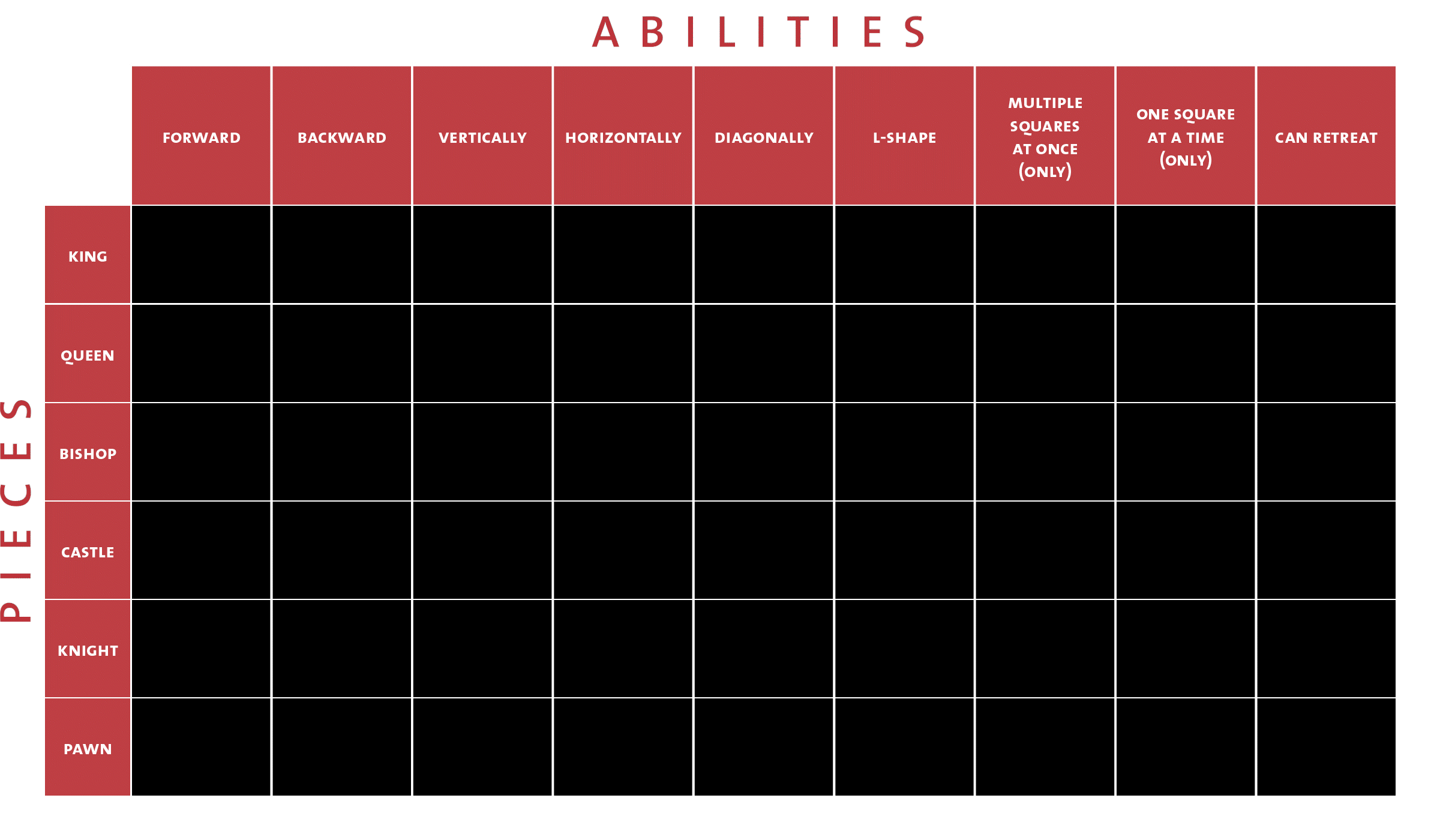

“Faceless Chess” (2022) is a research activation that explores agency, anonymity, and knowing by touching, through games.
Faceless Chess
INTERACTION DESIGN, EXPERIMENTAL INVESTIGATION
TEAM
Michelle Gay (Advisor)
Kashfia Arif Ahmed
Prayag Ichangimath
Board games have a special place in Indian culture as a bonding activity, allowing people to gather for community-making, recreation, or simply as a merry pastime. The game Carrom for instance, a fixture in most homes, entails players flicking white and black discs into the board's pockets. Similar to Pool, players are tasked with scoring as high as possible by clearing the board, putting them in competition with themselves more than each other.
Chess, another game originating from India, works differently.
Unlike Pool or Carrom, Chess does not permit accidental collisions between objects on the board. Its use of a cartesian grid compels players into strategically playing towards predefined locations, therefore necessitating encounters with opponents' pieces that can result in dodging, retreating, or striking (capturing). These encounters are oriented by the logic of a feudal hierarchy between the pieces, which are represented visually through design, and enacted through a player's strategy.
In the table below, the similarities and differences between the pieces are examined by plotting their entwined hierarchy against the abilities they possess. I define 'Abilities' as moves that pieces can legally make, as well as moves that support the evolving strategy of the players. The table thus simultaneously represents a description of possible moves, as well an analysis of how those moves may be necessitated.
PLOTTING POWER
Every piece in Chess is capable of striking (capturing), however, only the pawn breaks from its restricted vertical-forward movement in order to do so. The Knight is something of a disruptor with its unique movement. The Bishop and the Castle are unlimited in their ability to cross the board, striking any piece in their way, yet both are constrained by their assigned direction of movement.
The Queen combines the powers of both Castle and Bishop, rendering her the strongest piece. The King mirrors her abilities directionally, but in pace is just as limited as the pawn. It is notable that the piece which must be protected at all costs, shares a key restriction with the piece considered the most dispensable.
Chess thus operates not only with a hierarchy amongst identity, but with a rationale of quantity i.e. a piece's expendability correlates with how many of it are available.
Pawn (8) < Knight (2) / Bishop (2) < Castle (2) < Queen (1) < King (1)

GAME PIECE DESIGN
In emulating the pyramid like structure of the



